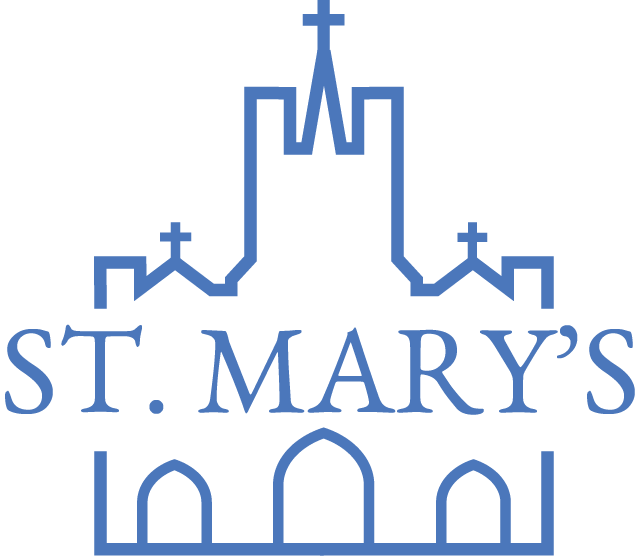03 Jan January 1st, 2020
Deacon Blaine Barclay
This is the feast of ‘Mary Mother of God’. In Greek, Theotokos, God-bearer, it is one of the most ancient titles given to Mary, at the ecumenical council of Ephesus in the 3rd century.
By calling Mary, Mother of God, the Church defended and defends the unity of the person of Jesus. On this Christmas feast of the Theotokos, the Church celebrates the birth of the Word made flesh. A flesh woven from the womb of Mary’s Yes. In the Incarnation, the Divine and the Human are united in one person, the infinite became finite, the universal became particular. The nature of God, and human nature are united in the one person of Jesus of Nazareth. This is why we can say with the Church that Mary is the Mother of God. This most ancient of titles for Mary is therefore a statement about who Jesus was and is.
As such the person of Jesus is the human face of God. This is captured so beautifully in the ancient Jewish blessing contained in our first reading today, ‘The Lord bless you and keep you; the Lord make his face to shine upon you, and be gracious to you; the Lord lift up his countenance upon you, and give you peace.’ The face, the countenance of God is turned to us in the person of Christ. The Face of God is now also completely a human Face. When we encounter the person of Jesus we encounter God. ‘I and my Father are one’; ‘The one who has seen me has seen the Father’, says Jesus. ‘The Word was God….The Word was made flesh and dwelt among us’. God’s face is God’s definitive word addressed to us, written with the flesh of our humanity right down to its core. The deepest center of our human nature is expressed in Mary’s Yes, in her, ‘Let it be done to me according to your Word’. The flesh of the God-man is woven from her flesh, on the loom of her womb and her Yes.
The human flesh of Jesus is henceforth the Incarnate flesh of God, interwoven now with the flesh of all humanity. Is the Church not the Body of Christ? Is the Eucharist which feeds us and empowers us on our pilgrim journey not also the Body of Christ? Is not the broken body of humanity also not in some way the wounded flesh of Christ. ‘Whatever you do to the least of these my brothers and sister, you do to me’. As one author puts it, ‘the flesh is the hinge of salvation’. The whole mystery of salvation is embedded, contained, and distilled in the Yes of human nature to God’s ever prior initiative. Mary’s Yes.
All our yeses to God are contained and gestated in Mary’s Yes. This is what makes our Lady the ideal disciple, the one who at Cana says, ‘do whatever he tells you’. The one who ‘treasured all these words and pondered them in her heart’. The one who is the essence of the Church, the Mother of the Church. The New Eve, Mother of the new humanity. The one who belonged completely to God from the moment of her conception, the Immaculate. The one whose body followed the flesh of her son into Glory, Assumed Body and Soul into heaven. All these titles and honours of Mary are already contained in the title we celebrate today, Mother of God, God-bearer, Theotokos. A title given to her in the Birth of her Son and our human brother Jesus Christ.
Today is also the beginning of the new year. How appropriate for the Church to set apart this day for this Marian feast. Inviting us to set apart this New Year of 20 20 vision within the cradle of Mary’s Yes. Asking her to gestate the birth of the Word in our flesh. Teaching us by her example, how to say Yes to God.

